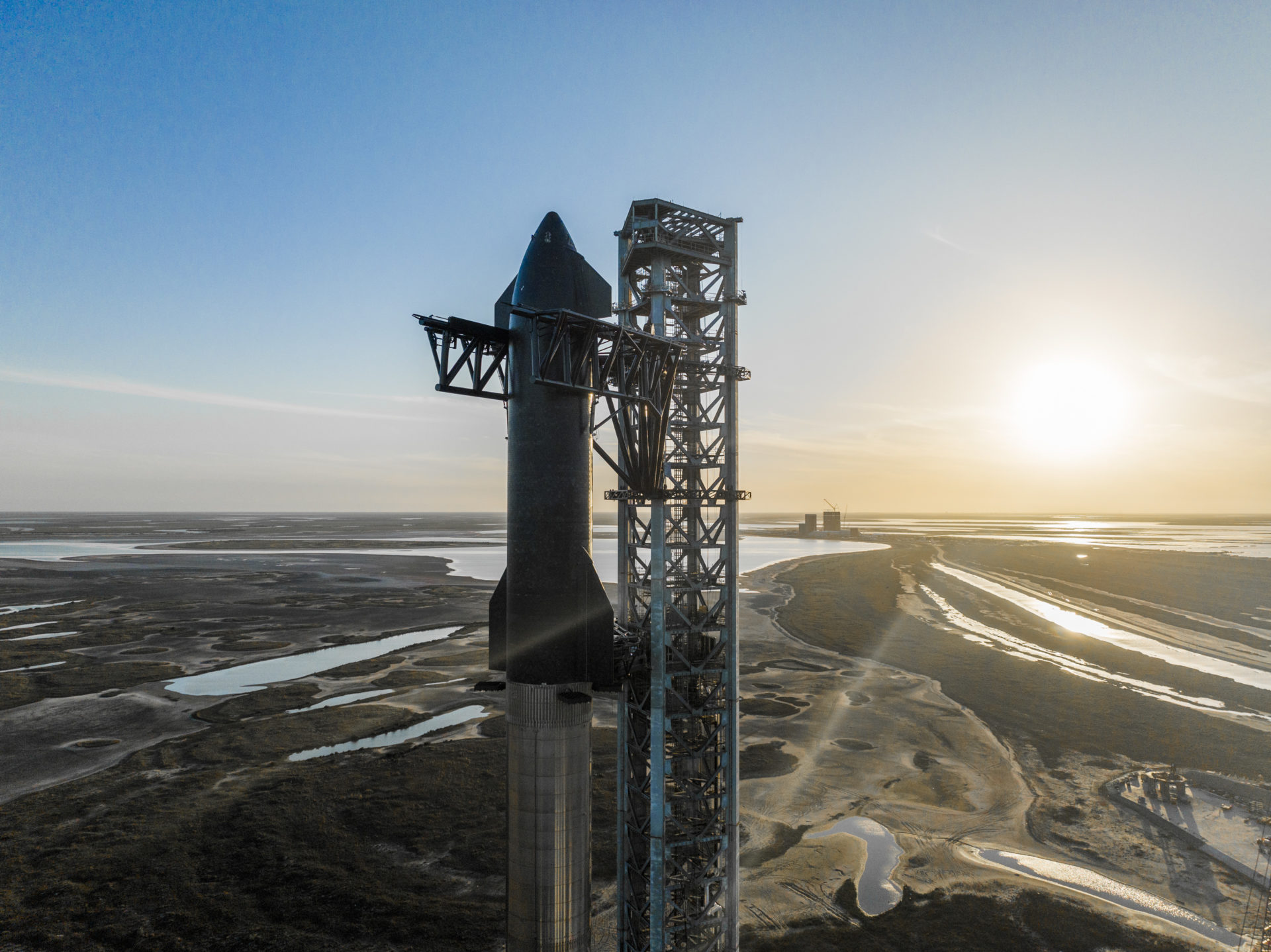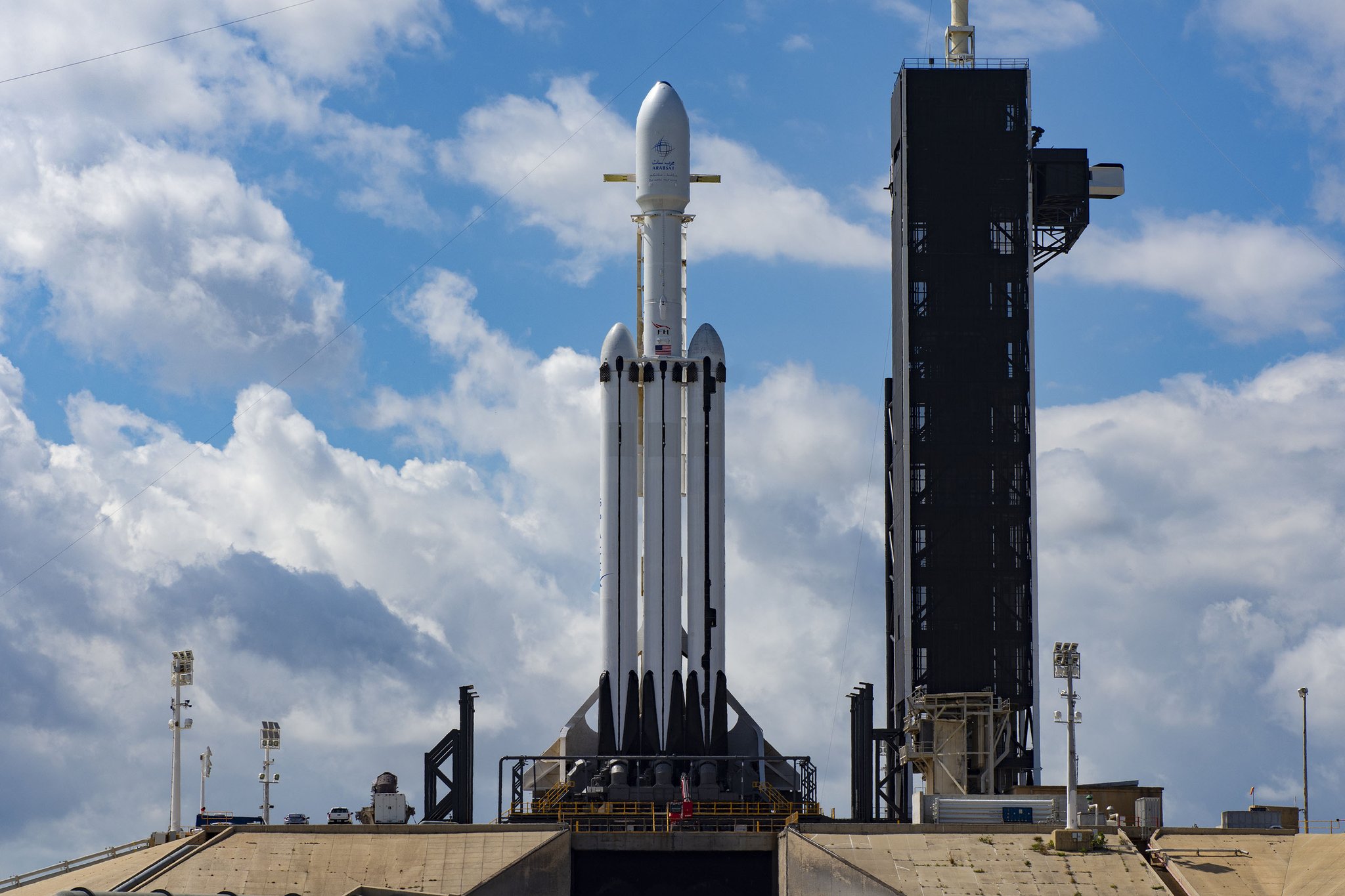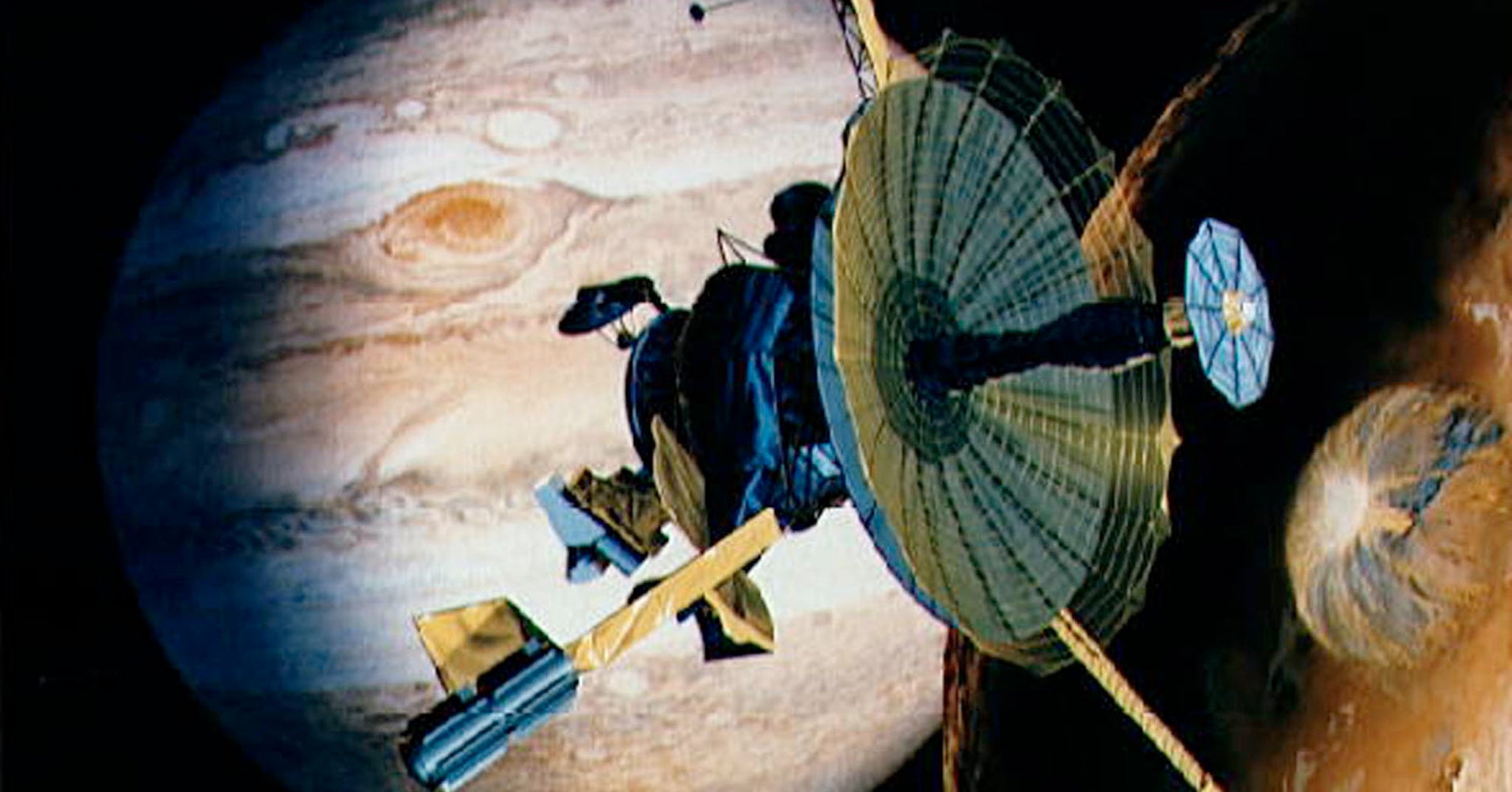SpaceX Achieves Historic Booster Catch in Latest Starship Test Flight
On October 13, 2024, SpaceX made headlines with a groundbreaking achievement during its fifth test flight of the Starship rocket. The company successfully caught its Super Heavy booster using a novel method involving giant mechanical arms, often referred to as "chopsticks," at its launch site in Texas. This event marks a significant milestone in SpaceX's ongoing efforts to develop a fully reusable rocket system, which is crucial for future missions to the Moon and Mars.
The Launch and Catch
The launch took place early in the morning, with the Super Heavy booster lifting off alongside the Starship upper stage. Approximately seven minutes after liftoff, the booster returned to the launch pad, where it was caught by the mechanical arms of the Mechazilla launch tower. This method is a departure from traditional booster recovery techniques, which typically involve landing in the ocean. Instead, SpaceX managed to slow the booster from speeds exceeding 17,000 mph (27,350 km/h) and guide it back to the launchpad for a controlled catch.
Key Details of the Event
- Date of Launch: October 13, 2024
- Location: Boca Chica, Texas
- Booster Height: Over 20 stories tall
- Catch Method: Mechanical arms (referred to as "chopsticks")
- Significance: First successful catch of a rocket booster in history

Reactions and Implications
SpaceX's launch commentator, Kate Tice, described the event as "a day for the engineering history books." The successful catch not only demonstrates SpaceX's engineering prowess but also paves the way for more sustainable space travel by allowing the booster to be reused multiple times, similar to how commercial airliners operate.
The implications of this achievement extend beyond just the technical feat. It represents a significant step towards making space travel more economical and accessible. By reducing the costs associated with launching and recovering rockets, SpaceX aims to facilitate more frequent missions to the Moon and Mars, aligning with its long-term vision of establishing a human presence on other celestial bodies.
Coverage and Media Response
The event garnered extensive media coverage, with major outlets such as NBC News, Reuters, CNN, and The New York Times reporting on the successful launch and catch. Each outlet highlighted the innovative nature of the catch method and its potential impact on the future of space exploration.
- NBC News reported on the dramatic nature of the catch, emphasizing the significance of this being the first time SpaceX successfully caught a booster.
- Reuters noted that this achievement is part of SpaceX's broader goal to develop a fully reusable rocket system, which is essential for future missions to the Moon and Mars.
- CNN highlighted the potential of the Starship system to carry humans to the Moon and Mars, reinforcing the importance of this successful test flight.
Future Prospects
Looking ahead, SpaceX plans to continue refining its Starship program, with additional test flights and improvements to the booster recovery system. The company aims to utilize the same mechanical arms to catch Starships upon their return from orbit, further enhancing the reusability of its spacecraft.
As SpaceX continues to push the boundaries of space technology, the successful catch of the Super Heavy booster represents not just a technical achievement but a pivotal moment in the quest for sustainable space exploration. The company’s advancements could lead to a new era of space travel, where missions to other planets become routine and economically viable.

The successful catch of the Super Heavy booster by SpaceX is a landmark achievement in the field of aerospace engineering. It showcases the company's commitment to innovation and sustainability in space travel. As SpaceX prepares for future missions, the implications of this success will resonate throughout the industry, inspiring new technologies and approaches to space exploration.
For more detailed coverage, you can check out the following articles:
This achievement not only marks a significant milestone for SpaceX but also sets the stage for the future of space exploration, where reusable technology could make interplanetary travel a reality.





